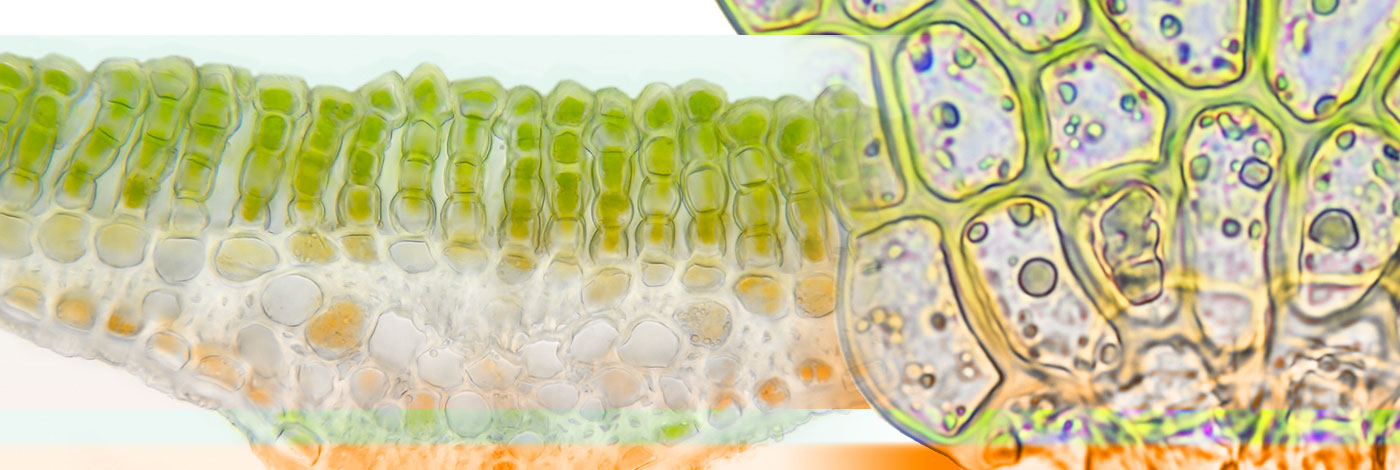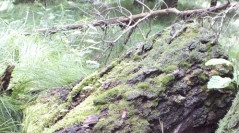

 Cryptogamie, Bryologie
40 (10) - Pages 105-118
Cryptogamie, Bryologie
40 (10) - Pages 105-118Forest management practices fundamentally impact the structure of a forest (relatively young stage of forest development, dominating stands with only one or two species of trees, planting coniferous tree species on habitats of deciduous forests, introducing alien tree species, very limited volume of dead wood). Bryophytes are especially sensitive to silvicultural practices. The aim of this study was to examine the importance of particular substrates for maintaining bryophyte species diversity in the Murckowski Forest (Silesian Upland S Poland), which is at present a managed forest. In 100 sampling plots, the structure of the forest and the species composition, frequency and abundance of bryophytes on different types of substrates (ground, tree base, tree trunk and dead wood) were analysed. In total, 54 bryophyte species were recorded (five liverworts and 49 mosses). The largest number of species was observed on dead wood (42), while the lowest number was of typical epiphytes growing on tree trunks bark more than 30 cm above the ground (18). This study confirms that dead wood is a key habitat and determines not only the number of epixylic species, but also the whole richness of bryophyte species. Maximal diameter of trees and presence of old tree stands were significant factors for species that were colonizing the tree bases.
Biodiversity, dead wood, epiphytes, epixylic bryophytes, terrestrial bryophytes, woodland key habitats, Murckowski Forest.